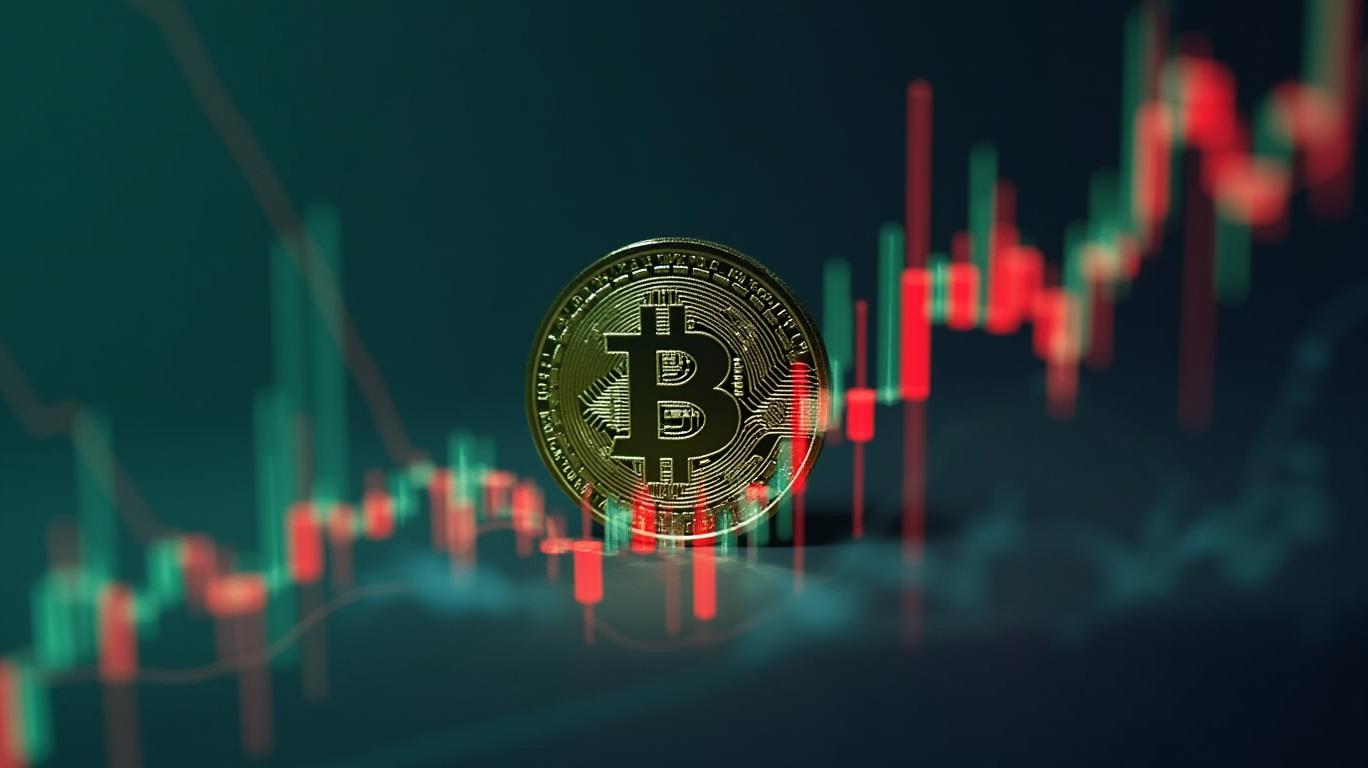The Institutional Shift: Why Bitcoin's Rally is Built to Last
Bitcoin's price has surged to an all-time high of $111,886.41 as of May 22, 2025, marking a 47% rebound from its April low of $74,500. While skeptics may cite fleeting retail FOMO, this rally is fundamentally different: it's driven by institutional capital, regulatory clarity, and macroeconomic tailwinds that signal a durable, long-term bull cycle. Here's why this surge isn't another speculative bubble—and why investors must act now.

The Institutional Revolution: Why This Rally is Different
The Bitcoin market has undergone a seismic shift. Retail investors, once the primary drivers of volatility, have faded into the background. reveals a stark contrast: institutional funds poured over $4.2 billion into Bitcoin ETFs in May alone, while retail interest remains muted at 2022 levels. This is no accident.
- ETFs as Catalysts: The approval of U.S. spot Bitcoin ETFs in late 2024 unlocked a floodgate of institutional capital. Funds like the ProShares Bitcoin Strategy ETF now hold over $40 billion, with firms like Strategy (formerly MicroStrategy) leading the charge with over $50 billion in Bitcoin reserves. These moves aren't speculative; they're strategic bets on Bitcoin's role as a store of value.
- Corporate Treasury Adoption: Companies are no longer just talking about Bitcoin—they're buying it. Japan's Metaplanet added 1,004 BTC ($129 million) to its treasury in Q1, while small-cap firms are issuing Bitcoin-backed convertible bonds to fund growth. This institutional demand isn't fleeting—it's structural.
Macro Tailwinds: Why Bitcoin's Narrative is Stronger Than Ever
Bitcoin's rise isn't happening in a vacuum. Three macro trends are aligning to supercharge its trajectory:
- Regulatory Clarity: The U.S. Senate's passage of a stablecoin bill in early 2025 and President Trump's pledge to sign crypto regulations by August 2025 have removed a major overhang. Coinbase's inclusion in the S&P 500 (a first for a crypto firm) further legitimizes Bitcoin as an institutional asset class.
- Supply Dynamics: Post the 2024 halving, Bitcoin's block reward dropped to 3.125 BTC, slowing new supply growth. With 89% of Bitcoin already mined and public companies holding 15% of the circulating supply, scarcity is a self-fulfilling prophecy. tells the story.
- Dollar Devaluation and Geopolitical Tensions: A weakening U.S. dollar, Moody's downgrade of U.S. sovereign debt, and U.S.-China trade tensions have reignited Bitcoin's role as a hedge against fiat instability. In this environment, Bitcoin isn't just a trade—it's insurance.
Technicals Confirm a New Bull Market
The charts are unequivocal. Bitcoin has formed a bullish ascending triangle pattern, with resistance at $115,000 now within reach. Seven consecutive weekly green candles since April—a rare occurrence—signal sustained momentum. Technical analysts at Deribit highlight that buyers are aggressively defending $100,000, with call options at $120,000 and even $300,000 signaling institutional confidence in long-term appreciation.
The Risks? Overlooked by History
Critics cite Bitcoin's volatility and regulatory risks, but these are already priced in. The Crypto Fear & Greed Index sits at 72/100—“greed” but not manic—indicating a sustainable, not speculative, environment. Even a worst-case scenario (e.g., a Fed rate hike) would likely be absorbed by Bitcoin's fundamentals, not panic.
Act Now: The $1 Million Moonshot
Bitcoin's 2025 surge is just the beginning. Analysts project a year-end target of $160,000–$180,000, with long-term forecasts hitting $1 million by 2030 (per ARK Invest's Cathie Wood). This isn't hype—it's math. With $50 billion in ETFs, corporate treasuries, and reduced supply, Bitcoin's valuation model is shifting from “speculative asset” to digital gold.
Final Verdict: Bitcoin's Rally is Here to Stay
The writing is on the wall. Bitcoin's current surge is not fueled by retail FOMO but by institutional conviction, regulatory progress, and macroeconomic realities that favor scarcity and decentralization. This is the cycle where Bitcoin transitions from a fringe asset to a core holding in every sophisticated portfolio. The question isn't “Will it go higher?”—it's “How much higher?”
Act now. The next leg is already underway.

Comments
No comments yet